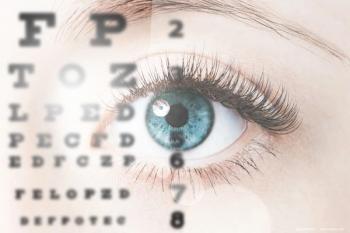
Pearls for diagnosing lagophthalmos with exposure keratitis
According to Robert Latkany, MD, understanding the causes and recognizing these diagnostic features are essential for effective treatment.
In an interview with Ophthalmology Times, Robert Latkany, MD, a New York ocular surface specialist, discusses lagophthalmos, the inability to fully close the eyelids, often leads to exposure keratitis, causing irritation and damage to the ocular surface.
Common causes include individuals naturally sleeping with their eyes open, post-surgical changes from blepharoplasty or other eyelid surgeries, prolonged eye procedures weakening muscular function, neurological conditions like Bell’s palsy, age-related muscle decline, chronic eye rubbing from allergies, and thyroid eye disease, which pushes the eyeball forward, preventing proper eyelid closure.
Diagnosis involves observing blinking patterns and eyelid positioning, as incomplete blinking is a key indicator. Patients frequently report symptoms such as dryness, irritation, redness, or a burning sensation, particularly upon waking. Linear or lower corneal erosions identified through fluorescein staining during slit-lamp exams are strong diagnostic markers.
Lagophthalmos can be classified into three types: obvious, where the eyelids visibly fail to meet; overhang, where the upper eyelid appears closed but leaves a hidden gap; and functional, where subtle issues interfere with eyelid closure without apparent physical separation.
Understanding the causes and recognizing these diagnostic features are essential for effective treatment. Depending on severity and underlying conditions, management options include lubricants, surgical interventions, and other measures to protect the ocular surface and preserve vision health.
Newsletter
Don’t miss out—get Ophthalmology Times updates on the latest clinical advancements and expert interviews, straight to your inbox.















































.png)


